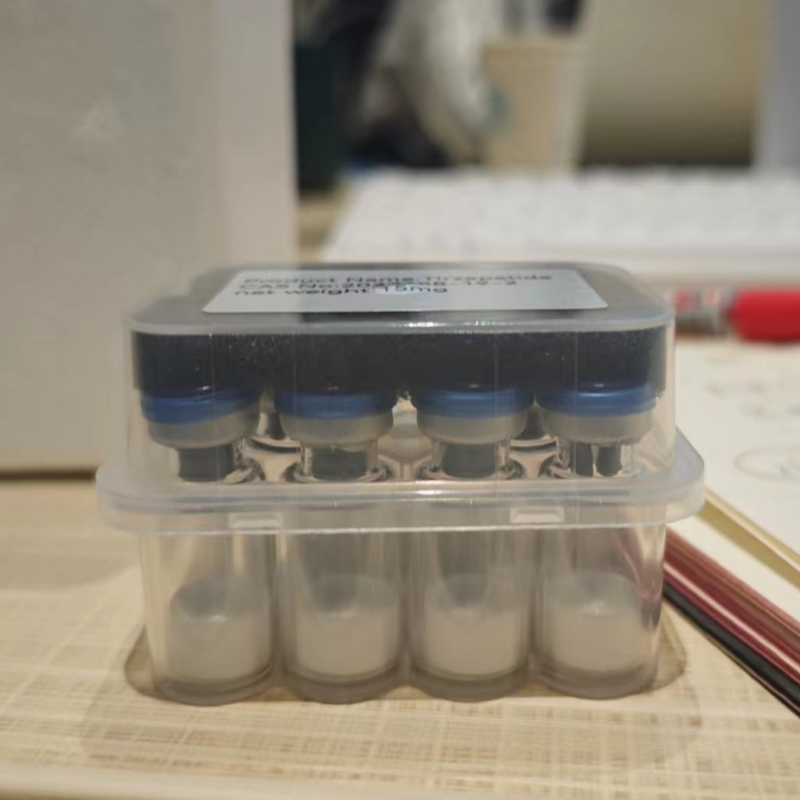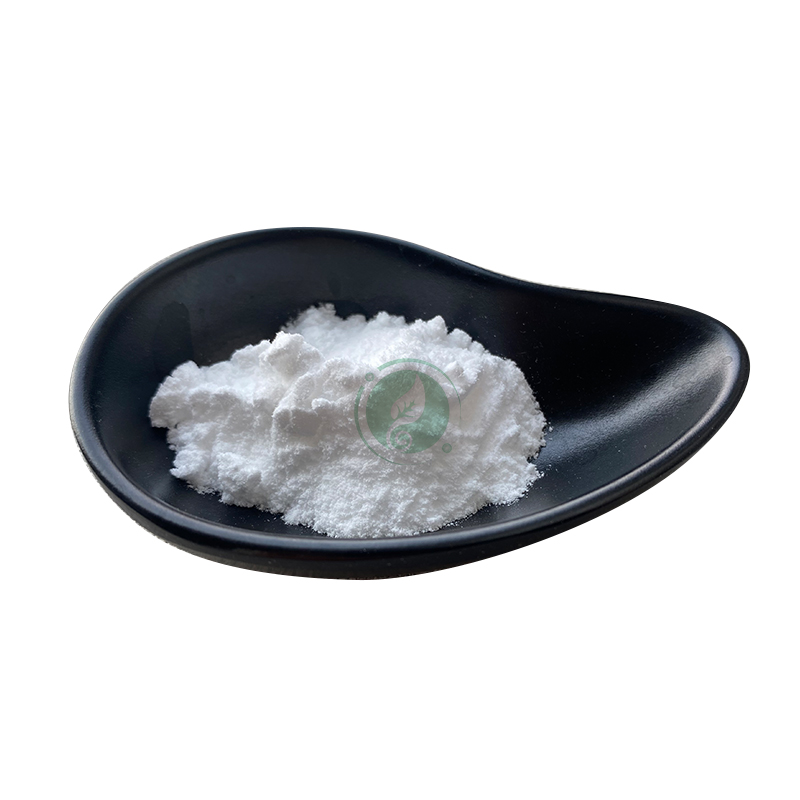Israeli scientists develop miniature heart to treat heart disease
-
Last Update: 2020-07-08
-
Source: Internet
-
Author: User
Search more information of high quality chemicals, good prices and reliable suppliers, visit
www.echemi.com
, researchers at the Israel Institute of Technology used embryonic stem cells to generateheartcells
,endothelial cells and fibroblasts, and then implanted them in biodegradable structuresAfter a few weeks, the cells come together to form a small piece of beatinghearttissueLess than 1 cm p.mof the heart muscle, covered with fine blood vessels, is very similar to the complex tissue that makes up theheartThis is the first time that scientists have succeeded in creating heart tissue containing all key cellsIsraeli researchers have successfully created the world's first throbbing "micro-heart" in the laboratory, which is expected to be used to repair heart tissue for the benefit of millions of heart patientsThe Micro Heartthe Israeli Institute of Technology researchers first use embryonic stem cells to generate three cells,,endothelial cells and fibroblasts, and then implant them in biodegradable structures After a few weeks, these cells come together to form a small piece of throbbing heart tissue The heart muscle is less than 1 square centimeter and is covered with fine blood vessels, much like the complex tissuethat that makes up the heart This is the first time that scientists have succeeded in creating heart tissue containing all key cells Crucially, they found a way to allow the different types of cells that make up the heart to grow and function together Professor Lior Gepstein, an Israeli cardiologist, said: "After looking at different cell combinations and culture conditions, we obtained three-dimensional tissue slices with blood vessels It's like a tiny heart on a plate 's findings, published in the Journal of the American Heart Association's Circulation Research, have caused a strong response from British experts Professor Jeremy Pearson, a researcher at the British Heart Foundation, said: "We hope that stem cells will in the future be a 'toolbox' for repairing hearts damaged by myocardial infarction We may even create a heart valve for transplant
, blood vessels, or the entire heart "
the invention of the heart Israeli scientists has undoubtedly been a boon to heart patients The tissue could be used to "repair a damaged heart" and could change the way heart disease is treated, with those with heart failure caused by myocardial infarction or heart disease most likely to benefit, Gepstein said In the UK alone, one person has a sudden heart attack every two minutes, and about 65,000 people develop heart failure each year, with 40
die within a year of heart failure, the Daily Mail reported Monday "Heart failure is a huge problem, and the number of people hospitalized for heart failure exceeds the total number of people hospitalized for all types of cancer, which is one of the leading causes of illness and death in Western countries," Gepstein said Stephen Westby, a doctor at John Radcliffe Hospital in Oxford, , points out that if used in combination with artificial heart pumps, the tissue may represent the direction of the treatment for heart failure This tissue can also replace the human body to test new drugs, so as to avoid harm to the potential side effects of drugs It's just beginning
but the research is still in its infancy Currently, researchers can only grow millions of cells, and the damage to myocardial muscle caused by severe myocardial infarction requires about 1 billion cells to repair They hope to continue to refine the technique to create enough tissue slices to replace myocardial infarction damaged myocardial heart muscle "If we can sew a large enough piece of tissue into the human heart to maintain good blood circulation, then many heart transplants may not be necessary," said Biomedical engineer Shuramit Levenberg "
a full replacement for heart transplants is not possible in the short term, because it will take decades for researchers to create a complete heart But the culture of larger area of tissue slicing should not be far away, within 10 years can be the first human trials But even if the slices are created large enough, the tissue may be rejected when implanted in the body One solution is to build a pool of embryonic stem cells that provide matching tissue for most needers The tissue has now been implanted into the heart of mice for animal experiments to test how well it binds to natural tissues and blood vessels (rereproduced from "China News Network")
This article is an English version of an article which is originally in the Chinese language on echemi.com and is provided for information purposes only.
This website makes no representation or warranty of any kind, either expressed or implied, as to the accuracy, completeness ownership or reliability of
the article or any translations thereof. If you have any concerns or complaints relating to the article, please send an email, providing a detailed
description of the concern or complaint, to
service@echemi.com. A staff member will contact you within 5 working days. Once verified, infringing content
will be removed immediately.







